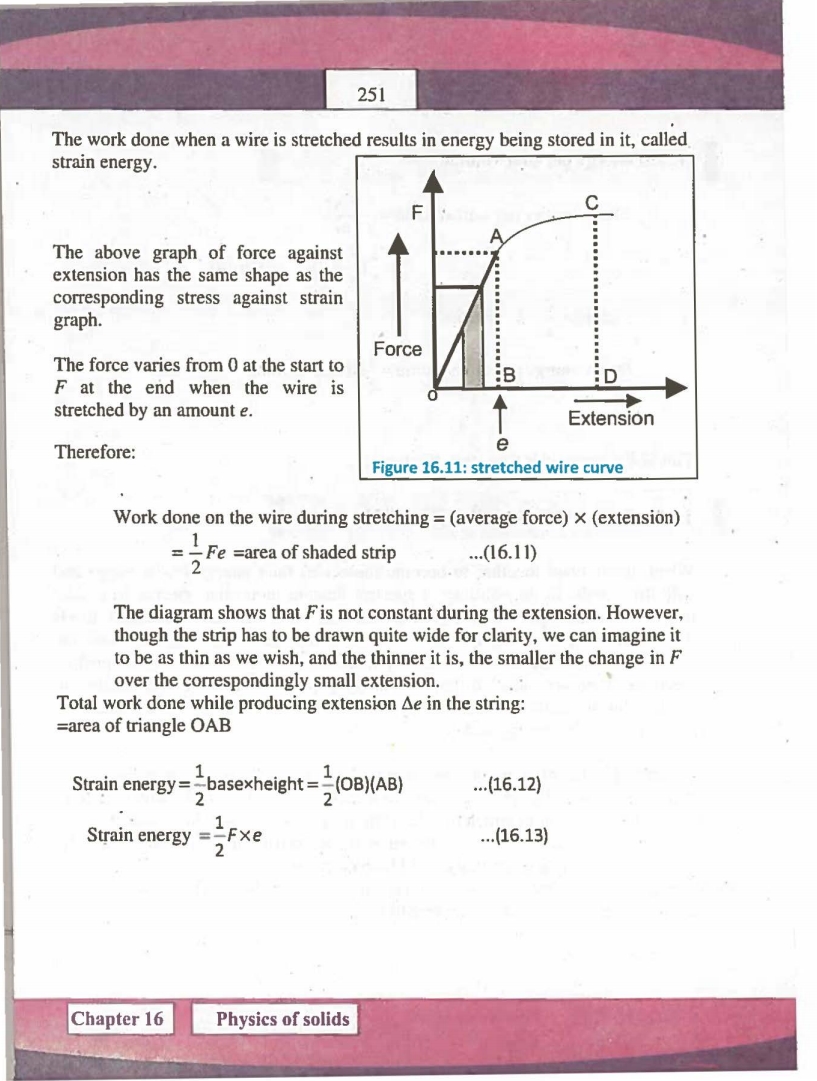After studying this chapter the students will be able to:
• distinguish between the structure of crystalline, glassy, amorphous and
polymeric solids.
• describe that deformation in solids is caused by a force and that in one
dimension, the deformation can be tensile or compressive.
• describe the behaviour of springs in terms of load-extension, Hooke's law
and the spring constant.
• define and use the terms Young's modulus, bulk modulus and shear
modulus.
• demonstrate knowledge of the force-extension ~raphs for typical ductile,
brittle and polymeric materials.
• become familiar of ultimate tensile stress, elastic deformation and plastic
deformation of a material.
• describe the idea about energy bands in solids.
• classify insulators, conductors, semiconductors on the basis of energy
bands.
• become familiar with the behaviour of superconductors and their potential°
uses.
• distinguish between dia, para and ferromagnetic materials.
• describe the concep~ of magnetic domains in a material.
• explain the Curie point.
• classify hard and soft ferromagnetic substances.
• describe hysteresis loss.
• synthesise from hysteresis loop how magnetic field strength varies with
magnetizing current.
Materials have specific uses depending upon their characteristics and properties
such as, hardness, brittleness, ductility, malleability, conductivity etc.

































Post a Comment